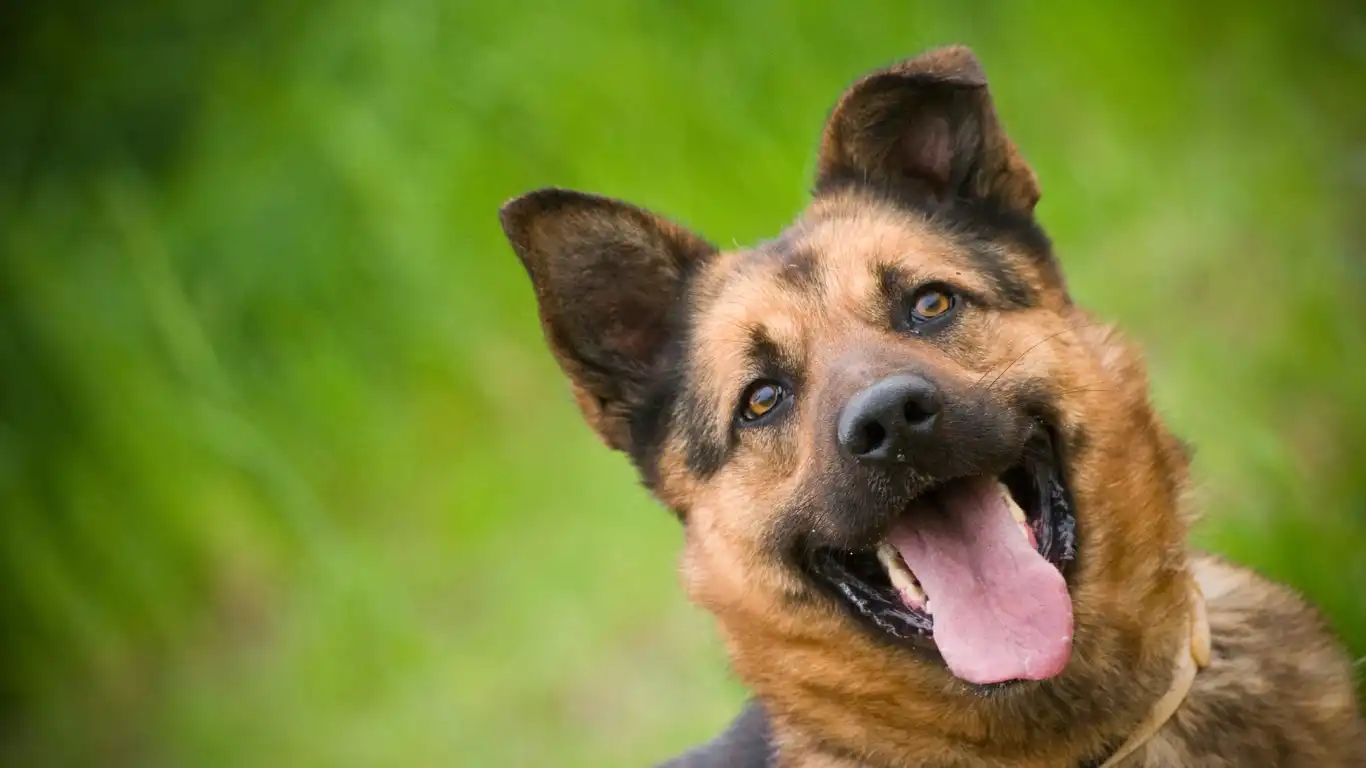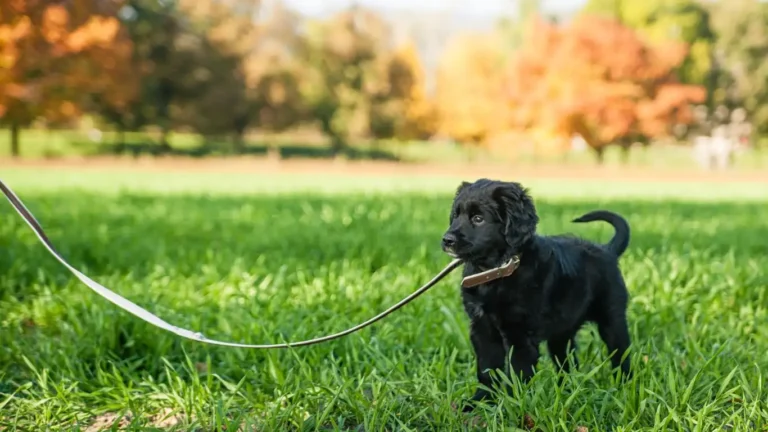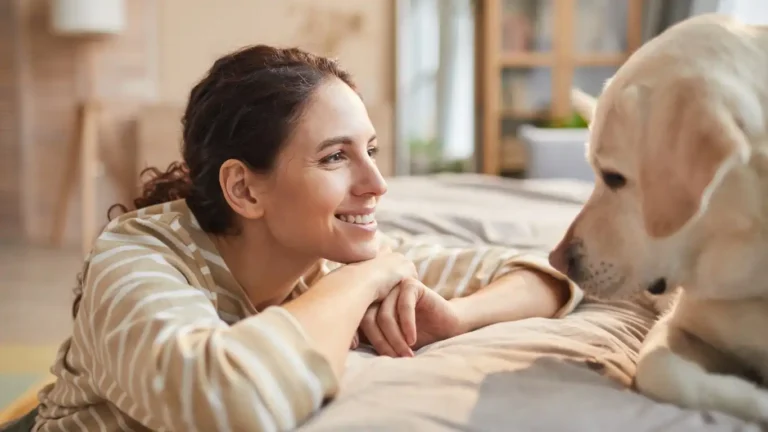How to Teach a Dog to Be Calm Around Strangers: Proven Strategies for Success
As a pet nutritionist and care expert with years of experience working in veterinary clinics, I’ve come across countless dog owners facing one common challenge: their dog is overly excited or anxious around strangers. If you’ve ever wondered how to teach a dog to be calm around strangers, you’re not alone. Many dogs, especially those with little socialization or specific fear triggers, struggle with being around new people. But the good news is, this behavior is something that can be addressed with patience, the right techniques, and a little bit of understanding.
Understanding Your Dog’s Behavior Around Strangers
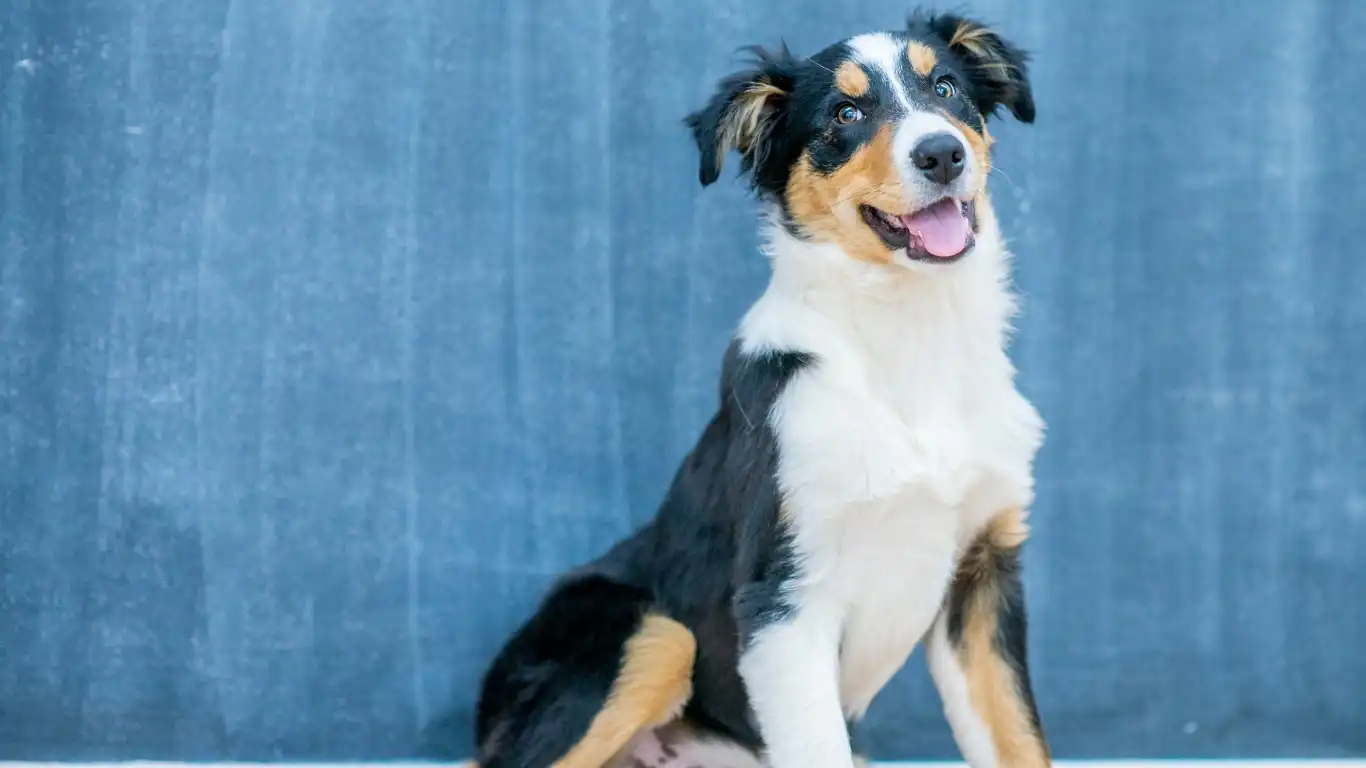
Before diving into techniques and solutions, it’s important to understand why your dog behaves a certain way around strangers. Dogs, much like humans, have their own personalities, and some are naturally more reserved or cautious when they encounter new people. It’s crucial to recognize that these behaviors are often rooted in their instincts, early socialization experiences, and even breed characteristics.
Common Signs of Anxiety or Excitement
If your dog is anxious or overly excited around strangers, they might exhibit certain behaviors such as:
- Barking loudly when someone enters the room
- Jumping up on strangers or trying to get close too quickly
- Pulling on the leash or trying to get away
- Tucked tail, panting, or whining when in the presence of unfamiliar faces
- Snapping or growling as a way to keep strangers at bay
Understanding these signs can help you assess whether your dog’s behavior is a sign of fear, excitement, or a combination of both. It can also be a starting point for figuring out which approach will work best to help them stay calm.
How to Teach a Dog to Be Calm Around Strangers

Teaching a dog to be calm around strangers is a gradual process that requires consistency, positive reinforcement, and a safe, controlled environment. Here’s how you can begin this journey:
1. Start With Basic Obedience Training
Before you can teach your dog to behave calmly around strangers, it’s essential that they have a solid foundation of basic obedience commands. Commands like “sit,” “stay,” and “leave it” will be your go-to tools when redirecting your dog’s attention during training sessions. A dog that listens to basic commands is much easier to manage when you’re introducing them to new people.
As a personal tip, I recommend starting with basic training in a quiet environment to avoid distractions. It’s easy to get frustrated when your dog doesn’t respond, but consistency is key. For example, during my years at the clinic, I often worked with dogs that had minimal training. A few short sessions a day, with a calm, assertive tone, can work wonders. Once they’ve mastered commands in a calm setting, you can slowly introduce them to situations with more distractions, like other people and unfamiliar environments.
2. Gradual Exposure to Strangers
One of the most effective ways to teach a dog to stay calm around strangers is through gradual exposure. The key here is not to overwhelm your dog but to slowly desensitize them to new people. This can be done by inviting a trusted friend or family member over to interact with your dog in a controlled manner.
Start with the person standing at a distance from your dog. Let your dog observe them from afar without feeling threatened. If your dog is calm and shows curiosity without aggression or excessive excitement, reward them with treats and praise. Gradually reduce the distance between your dog and the stranger over time, always ensuring that your dog remains calm before moving forward. This step-by-step approach will build your dog’s confidence in these situations.
3. Use Positive Reinforcement
Positive reinforcement is a powerful tool in dog training. It involves rewarding good behavior, which encourages the dog to repeat that behavior. When your dog remains calm around strangers, make sure to reward them with treats, praise, or even a favorite toy. This positive association with calm behavior will motivate them to stay relaxed in similar situations in the future.
For example, I always use high-value treats—those that your dog loves the most—to reward calm behavior. When your dog remains seated or doesn’t react to a new person, reward them immediately. Over time, they’ll learn that staying calm brings positive outcomes. This reinforcement is especially useful in the beginning, as it helps your dog associate calmness with rewards rather than stress or frustration.
4. Manage Your Dog’s Environment
Sometimes, teaching your dog to be calm around strangers isn’t just about the dog’s behavior but also about controlling their environment. This means setting the stage for success. For instance, if your dog tends to get overwhelmed with too many people at once, limit the number of strangers they interact with initially.
Another great technique is to use a leash during the training process. Leashing your dog ensures you have control over them if they start getting too excited or anxious. It also allows you to guide your dog and redirect their focus when necessary. Plus, a leash can help prevent any sudden jumps toward or away from strangers during the training process.
Emphasize Calmness in Your Own Behavior
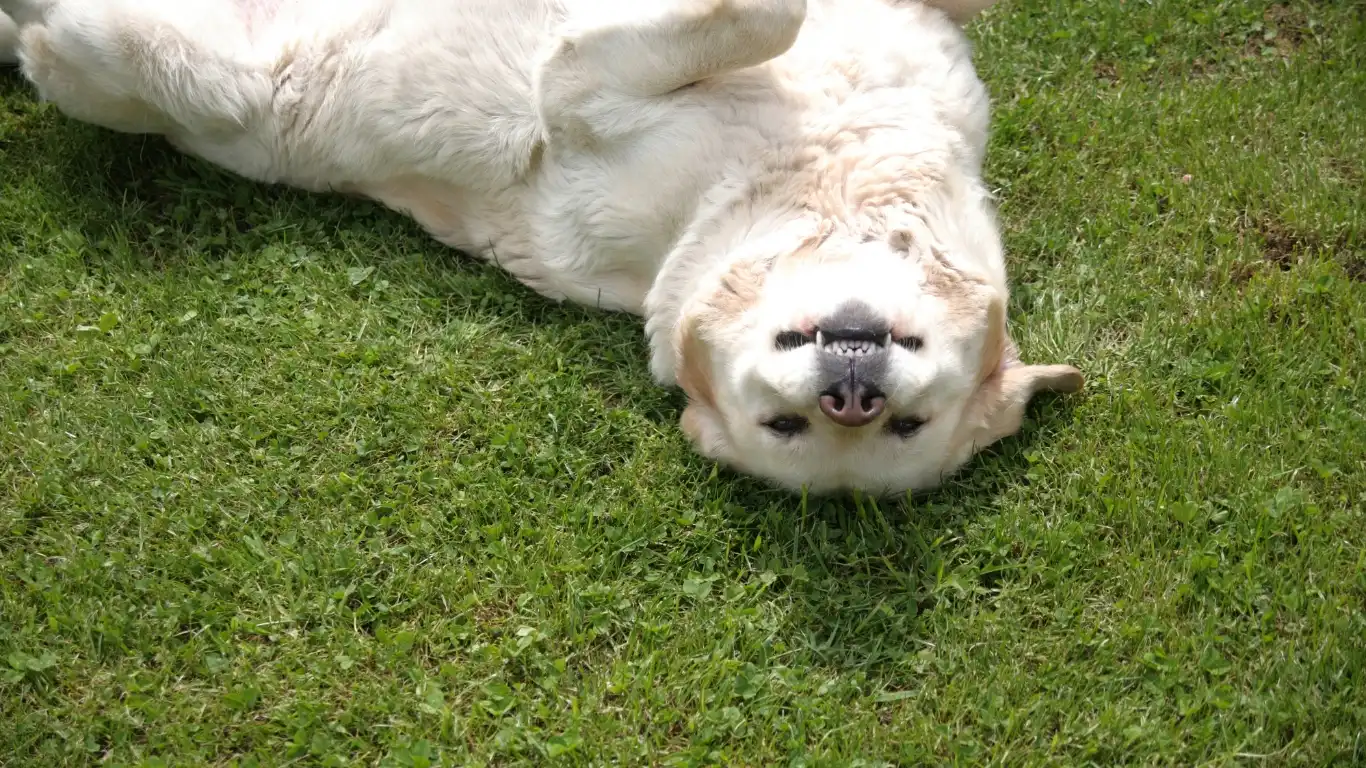
As an expert in pet care, one of the first things I always stress to dog owners is that dogs mirror their owners’ behavior. If you’re anxious or excited when interacting with strangers, your dog will likely pick up on that energy and react accordingly. Maintaining a calm, composed demeanor around your dog will help them feel more at ease in the presence of strangers.
When a new person enters the room, avoid getting overly excited or making the situation seem like something to be worried about. Speak in a calm, soothing tone and encourage your dog to remain relaxed. By modeling calmness, you’re teaching your dog that there’s nothing to fear in these situations. The more you practice, the easier it will become for both you and your dog.
Using Counter-Conditioning Techniques

One of the most effective strategies in teaching a dog to stay calm around strangers is using counter-conditioning. This technique is all about changing your dog’s emotional response to a specific stimulus—like the presence of strangers—by associating it with something positive. Essentially, you’re teaching your dog that the arrival of a stranger means good things are coming their way.
For example, when a stranger approaches your dog, you can immediately start giving them their favorite treats. Over time, your dog will begin to associate the presence of a stranger with something they love, like food or playtime. In my experience, I’ve found that dogs who initially reacted with fear or anxiety around strangers can, through this process, gradually become more comfortable when meeting new people.
How to Implement Counter-Conditioning
Here’s how you can incorporate counter-conditioning into your training routine:
- Introduce the Stranger Slowly: Start by having the stranger stand far enough away that your dog feels safe. If your dog remains calm, reward them with treats.
- Gradual Approach: As your dog becomes more comfortable, have the stranger slowly close the gap, but only when your dog is calm. Keep the interaction positive with lots of praise and treats.
- Repeat the Process: The more consistent you are with this approach, the more your dog will associate strangers with positive experiences.
Remember, consistency is key. You don’t want to rush the process or force your dog into situations where they feel overwhelmed. Every dog progresses at their own pace, and it’s important to honor that.
Manage Your Dog’s Energy Level Before Introductions
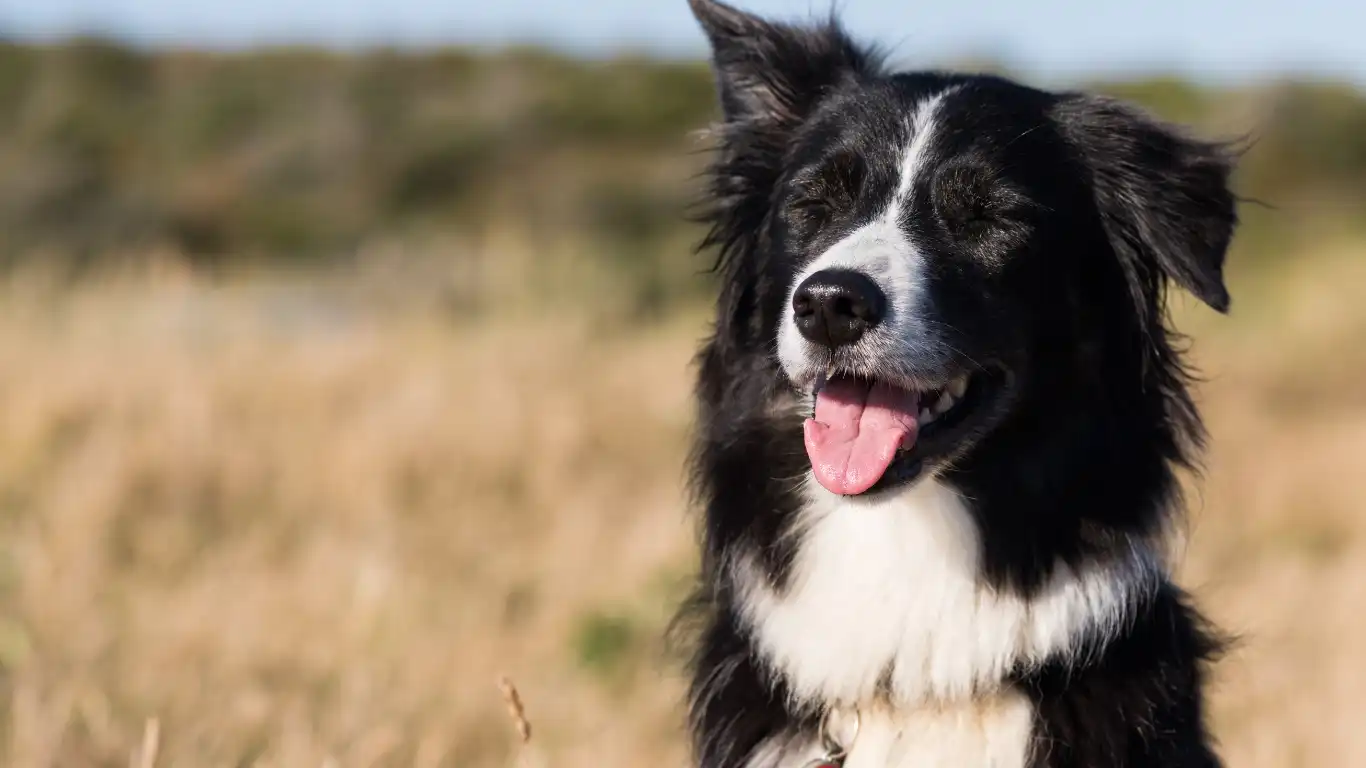
Before you start introducing your dog to strangers, it’s crucial to consider their energy level. A tired dog is often a calm dog, and in my years of working with different breeds in veterinary clinics, I’ve found that managing your dog’s energy can play a huge role in how well they handle new people.
If your dog has pent-up energy, they are more likely to act out around strangers. This could mean barking, jumping, or displaying anxious behaviors. On the other hand, if they’re physically tired, they may be more receptive to calmly meeting new people.
Exercise Before Interaction
Taking your dog for a walk or engaging them in a play session before introducing them to a stranger can help to calm their nerves and reduce excitement. If they’re already worn out, they’ll be in a better state to focus and relax, which makes the introduction go much more smoothly.
I’ve always recommended taking dogs on a short walk before introducing them to new people. This simple change in routine can make a noticeable difference in how your dog reacts. It’s important, though, that this walk isn’t too intense. We don’t want to exhaust them, just tire them out enough so that they’re not bouncing off the walls when someone enters the room!
Avoid Overstimulation
Overstimulation is another big factor in why dogs get overly excited or anxious around strangers. When a dog is overstimulated, they are more likely to act impulsively, whether that’s barking, jumping, or even acting aggressively.
It’s easy to unintentionally create overstimulation by having too much going on at once. For example, if there’s loud music, other dogs, or too many people around, it can be overwhelming for your dog. Keep the environment calm and controlled when introducing them to strangers to avoid this issue. In my practice, I’ve found that quiet, one-on-one interactions with a stranger work best, especially in the early stages of training.
Practice with Familiar People First

As you work with your dog on becoming calm around strangers, it can be beneficial to start with people your dog already knows. This allows you to build the foundation of calm behavior before challenging your dog with strangers. I’ve always found it helpful to use a gradual exposure technique where you invite a family member or close friend over to engage with your dog in a calm and controlled manner.
Why Familiar Faces Are Helpful
Familiar people provide a safe and positive interaction for your dog. This way, they can practice the calm behavior you’re trying to encourage without the added stress of meeting someone new. It’s important to ensure that these familiar people interact with your dog in a calm and composed manner as well. If they’re excited or chaotic, your dog will likely mirror that energy.
As your dog starts to respond positively to these interactions, you can slowly introduce them to more unfamiliar people, applying the same principles of calmness, rewards, and gradual exposure. It’s all about building up to the point where your dog feels confident enough to meet new strangers without reacting negatively.
Use Leash Control for Safety
Even if your dog is making progress, it’s always a good idea to have them on a leash when introducing them to strangers. This gives you more control over the situation and prevents any sudden outbursts or fearful reactions. If your dog begins to get anxious or too excited, the leash allows you to gently guide them away from the situation or redirect their focus.
I can’t tell you how many times I’ve worked with dogs in the clinic, and the leash has been a game-changer. It not only gives you control but also ensures that your dog doesn’t feel cornered or trapped. Remember, the goal is always to help your dog feel safe and confident, and the leash is a simple tool that makes the process a lot smoother.
Handling Setbacks in Training

When it comes to teaching your dog to be calm around strangers, setbacks are a normal part of the process. As much as we all hope for smooth sailing, every dog is different, and progress may not always be linear. Some days your dog may do great, and other days, it might seem like all the hard work has been undone. The key is to stay patient and consistent. Over time, these setbacks will become less frequent, but it’s important to acknowledge that they happen.
Recognize the Triggers
One of the first things you need to do when facing setbacks is to identify what caused your dog’s reaction. Often, setbacks happen when there’s something in the environment that is a trigger for your dog—whether that’s a specific type of person, a loud noise, or something that makes them feel unsafe. In my experience, dogs that are already nervous around strangers may find certain body language or unfamiliar scents overwhelming.
Keep a close eye on your dog’s behavior and try to pinpoint what happened before they became anxious. If you can identify the trigger, you’ll be able to adjust your approach moving forward. It may be that you need to go back to basics and start with less challenging situations before gradually working your way up to more difficult encounters.
Don’t Punish the Behavior
It can be tempting to scold or punish your dog for reacting badly around strangers, but this will only make the situation worse. Punishment can increase your dog’s anxiety and reinforce negative associations with meeting new people. Instead of punishment, focus on redirecting your dog’s attention and reinforcing calm behavior.
For example, when a setback happens, calmly guide your dog to a quiet space and offer them some time to calm down. Once they are settled, you can try the exercise again, but at a lower intensity. Through repetition and patience, your dog will begin to understand that calm behavior is what leads to rewards, and it will become easier to handle strangers.
Socialization Beyond Training Sessions
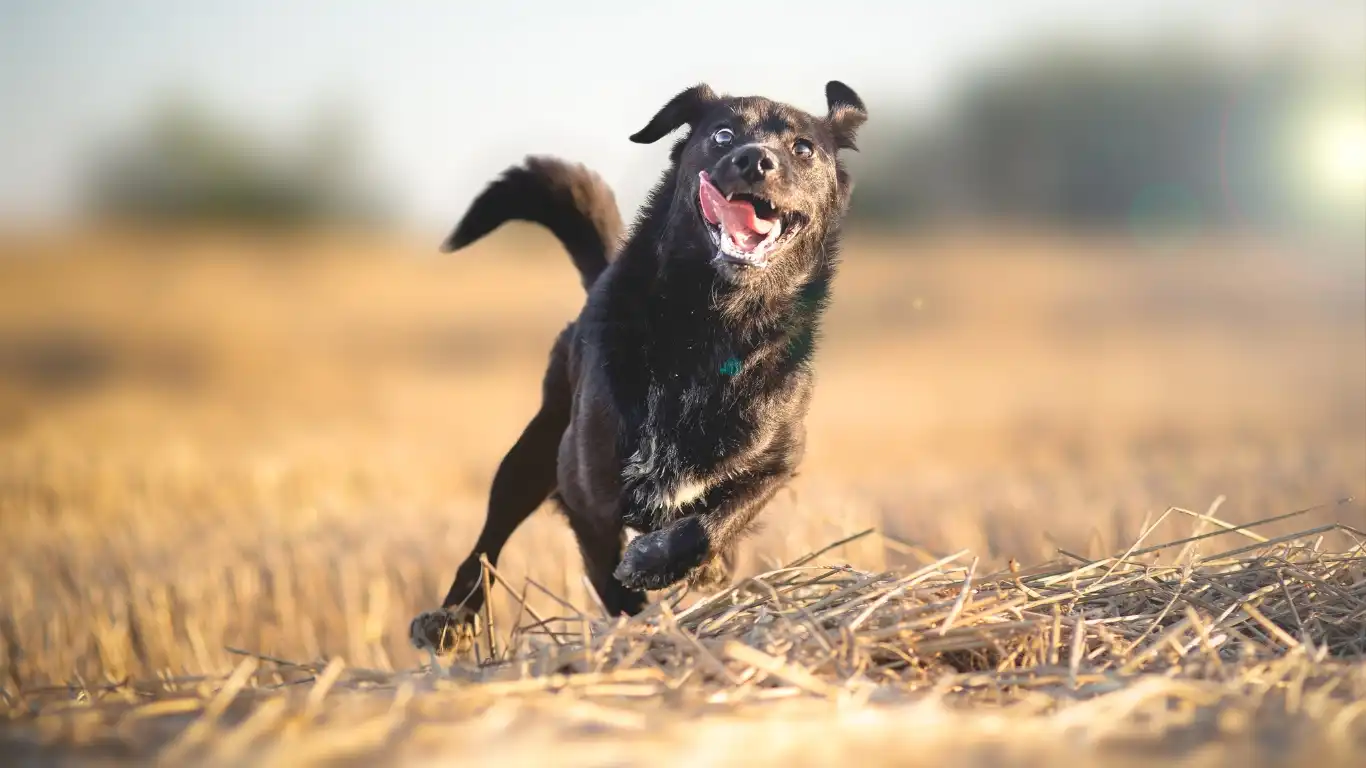
While training sessions at home are incredibly important for teaching your dog to be calm around strangers, real-life situations also play a crucial role in their socialization process. This means exposing your dog to new people, environments, and experiences outside of your controlled training sessions. I’ve seen firsthand how beneficial this real-world practice can be for dogs working through anxiety or excitement around strangers.
Incorporating Socialization in Everyday Life
One of the easiest ways to promote socialization is to take your dog out for walks in areas where they are likely to encounter strangers. Dog parks, pet-friendly stores, and even outdoor cafes can provide the perfect opportunity for your dog to practice their calm behavior in the presence of unfamiliar people.
Keep in mind, though, that the goal isn’t to overwhelm your dog. If you’re walking in a busy area and notice your dog becoming anxious, take a step back and allow them to observe from a distance. You can gradually reduce the distance as your dog grows more comfortable. In these real-world settings, you can continue rewarding calm behavior with praise and treats, just like you would during training sessions at home.
Seek Professional Help if Necessary
If you’ve been consistently working with your dog and still struggle with getting them to remain calm around strangers, it might be time to seek professional help. A certified dog trainer or behaviorist can offer tailored guidance for your specific situation and provide additional tools to help you and your dog succeed.
During my time working in veterinary clinics, I’ve often referred dog owners to experienced trainers when I noticed that certain behavioral issues went beyond what could be solved with basic training methods. Trainers are often skilled at pinpointing underlying issues that might not be immediately apparent and can provide you with effective strategies that you may not have considered.
References
- PawPatron – Expert pet care advice
- AKC – Dog Training Tips for Successful Socialization
- Dogs Trust – Why Training Is Important
Disclaimer
The advice and information provided in this article are based on my professional experience as a Pet Nutritionist and pet care expert. Each dog is unique, and results may vary. Always consult with your veterinarian or a certified dog trainer if you have concerns about your dog’s behavior or health. This article is intended for informational purposes only and should not replace professional training or medical advice.
